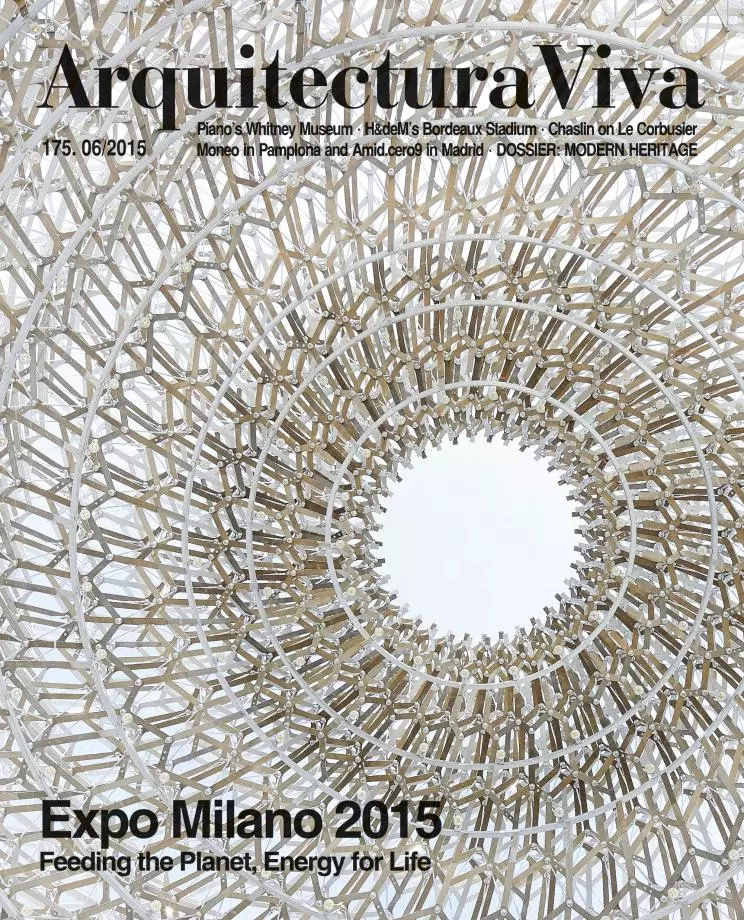
The leadership of the Communist Party is very worried: China is growing by only 7.4%, the lowest rate since the Tiananmen revolt in 1990. Some analysts consider this slow growth proof of the depletion of a system based exclusively on exports and offering prosperity in exchange for social peace, while others interpret it as evidence of the programmed transformation taking place in a country which up to now has been “the world’s factory,” but whose econony is oriented more and more at internal consumption.
This is the economic context surrounding a news item which is astonishing from the standpoint of a stagnant Europe: the imminent construction of a new air terminal in Beijing, just seven years after the opening of the airport’s last expansion, carried out by Norman Foster. Seven is a ridiculous span of time when compared with the intervals usual in infrastructures of this nature and magnitude. The reason given is that the previous facility is by now too small, and that the additional 45 million passengers that the Chinese capital is expecting per year will need to be properly accommodated. But the news is really not so much the construction of another airport terminal – the bid was without much media hype won four years ago, in 2011, by the airport specialists of ADP Ingeniérie – but that this French firm has ultimately decided to give the project an artistic patina but joining hands with Zaha Hadid, of all people, who happens to have just finished a handful of large-scale buildings within China, and is very prestigious there.





